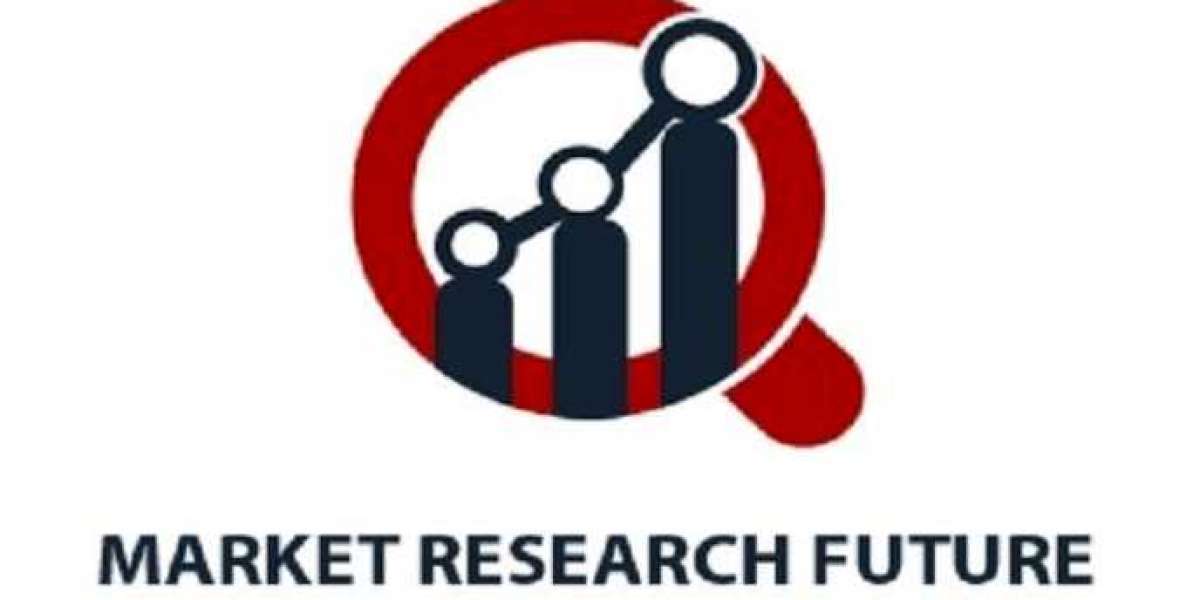The global tissue diagnostics market is on a significant growth trajectory, with an estimated valuation of $5.3 billion in 2022, set to expand to $7.3 billion by 2027, at a robust CAGR of 6.6%. Key drivers for this growth include the escalating prevalence of cancer, particularly breast cancer, gastric cancer, and lung cancer, as well as the increasing emphasis on personalized medicine. However, a notable challenge faced by the industry is the shortage of skilled professionals in histology laboratories.
Download PDF Brochure-https://www.marketsandmarkets.com/pdfdownloadNew.asp?id=1063949
Cancer Prevalence Driving Demand
One of the primary drivers of the tissue diagnostics market is the escalating global prevalence of cancer. Cancer is a complex disease that poses diagnostic, prognostic, and therapeutic challenges. The World Health Organization (WHO) reports that cancer is responsible for 19.9 million deaths worldwide. By 2040, new cancer cases are expected to grow to 27.5 million, driven by the aging population and changing lifestyles.
The incidence of cancer is highest in developed regions, but cancer mortality is higher in underdeveloped regions due to factors such as limited access to treatment facilities and late cancer detection. Governments, healthcare providers, and institutions are responding to the growing demand for effective cancer diagnosis and treatment, thereby driving the need for tissue diagnostics.
Opportunity in Personalized Medicine
The tissue diagnostics market is also benefiting from the growing focus on personalized medicine. Excised human tissue is in high demand as it plays a pivotal role in the development of innovative tests for personalized medicine. Personalized medicine relies on excised human tissue to create tests tailored to individual patients, particularly in the treatment of cancer.
Personalized medicine involves detecting and quantifying multiple biomarkers and categorizing patients into subgroups based on disease and treatment characteristics. Advanced diagnostics, such as the Oncotype DX test for breast cancer, which examines 21 genes to determine whether chemotherapy is necessary, exemplify the potential of personalized medicine. In 2021, approximately 90% of clinical development revenue for major pharmaceutical companies was derived from precision therapeutics. The personalized medicine sector is predicted to reach around $98 billion by 2026.
Challenges in Skilled Workforce
Despite the demand for histology services driven by the increasing prevalence of cancer, one notable challenge is the shortage of skilled professionals in histology laboratories. In the UK, only 3% of diagnostic laboratories had sufficient staff to handle diagnostic and routine tasks. This shortage extends to other regions, with Germany having one of the lowest ratios of pathologists to physicians in Europe. As a result, histology laboratories are under pressure to process a growing number of specimens with limited staff, which may hinder the growth of the global tissue diagnostics market.
Dominance of North America
North America is at the forefront of the global tissue diagnostics market. The region's growth is driven by accessibility to advanced technologies, a rising prevalence of chronic diseases, a growing aging population, and the presence of key market players.
Key Market Players
Leading players in the tissue diagnostics market include F. Hoffmann-La Roche Ltd., Danaher Corporation, Thermo Fisher Scientific, Abbott, Agilent Technologies Inc., Merck KGAA, SAKURA FINETEK JAPAN CO., LTD, Abcam Plc., Becton, Dickinson and Company (BD), Bio SB, Biogenix, Cell Signaling Technology, Inc., Histo-Line Laboratories, SLEE Medical GMBH, and Hologic Inc.
Download PDF Brochure-https://www.marketsandmarkets.com/pdfdownloadNew.asp?id=1063949
Conclusion
The global tissue diagnostics market is experiencing robust growth due to the increasing prevalence of cancer and the focus on personalized medicine. Challenges related to a shortage of skilled professionals in histology laboratories are being addressed to accommodate the growing demand for tissue diagnostics. As the healthcare industry continues to advance, tissue diagnostics will remain a critical component in the accurate diagnosis and treatment of various diseases, particularly cancer.










